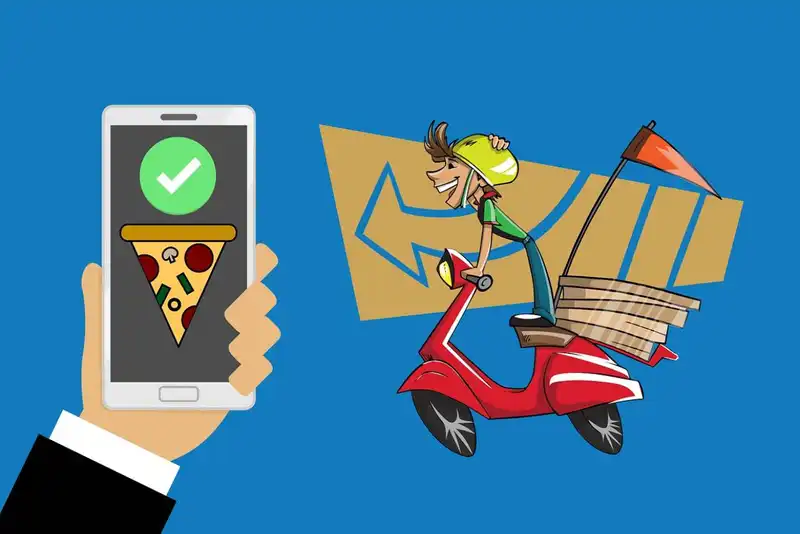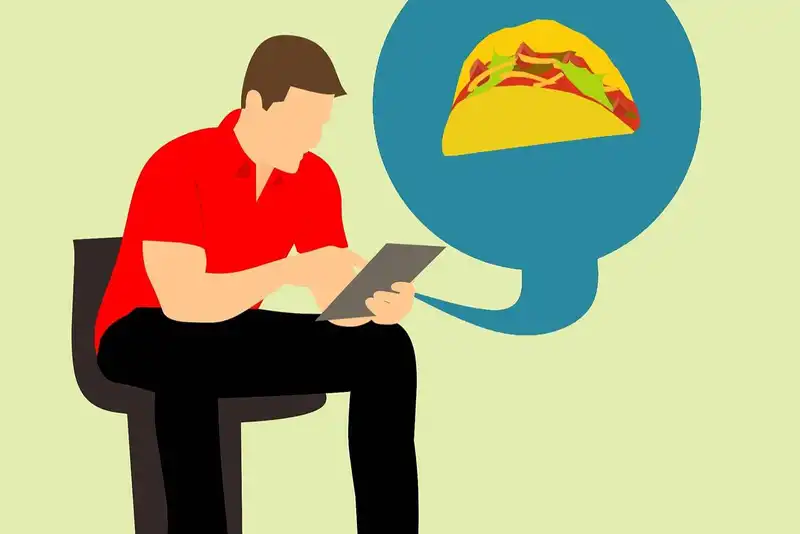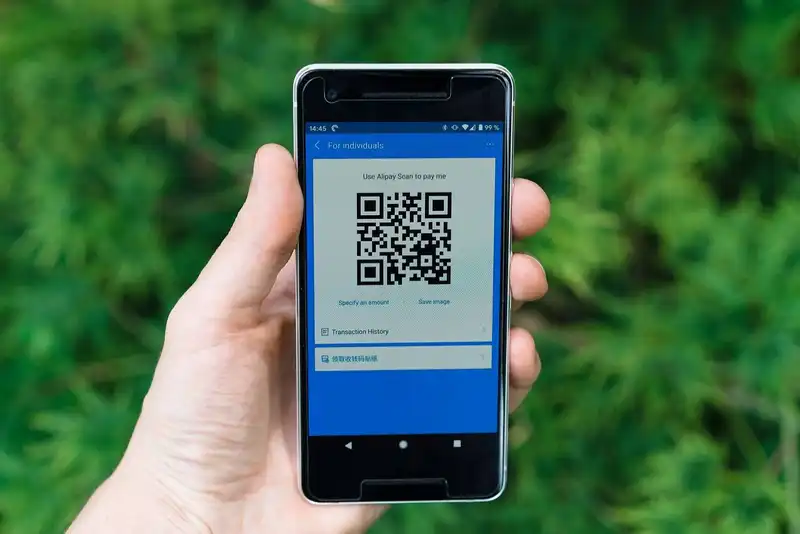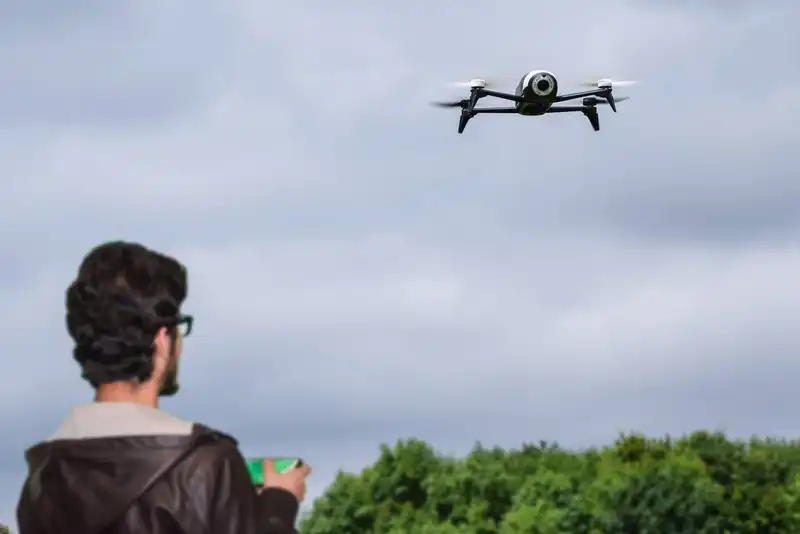What is changing the restaurant industry ?
The restaurant industry is constantly changing. New technologies and trends are always emerging, which can make it difficult to keep up. One of the biggest changes that we have seen in recent years is the rise of delivery and takeaway services. This has had a major impact on the way that restaurants operate, as well as on the way that customers interact with them. Another big change that we have seen is the rise of digital ordering. This has made it easier for customers to order food from their favorite restaurants, without having to call or visit in person. Finally, we have seen a trend towards healthier eating habits in recent years. This has led to more restaurants offering healthy options on their menus, as well as more diners looking for healthier choices when they eat out.
5 Technologies Changing The Restaurant Industry For The Better
The U.S. Restaurant Industry in 2022

The restaurant business in the US took a huge hit as a result of the Covid-19 pandemic. From outdoor dining being completely prohibited to citizens having to mandatorily produce proof of vaccination, the past two years have been extremely difficult for food service businesses.
Data from the National Restaurant Association (NRA), Bureau of Labor Statistics (BLS), and the US Census Bureau show that 110,000 restaurants had to stop operations -- some of them for good -- by December 2020. Many restaurants from this lot were well-established businesses. In 2020, restaurant revenues were $240 billion lower than expected, and between March and October 2020, $130 billion was lost in sales by food service and drinking establishments as compared to the previous year. The data also pointed out that the restaurant industry lost 2.1 million jobs between February 2020 and November 2020.
From a more optimistic standpoint, however, the pandemic, by pinning food service businesses against the wall, forced them to embrace technology more strongly and thoroughly than ever before as a major survival strategy. Indeed the adoption of technology by restaurants has been unprecedented and helped them weather the Covid storm.
In this regard, the 2022 State of the Restaurant Industry report published by the National Restaurant Association surveyed 3,000 restaurateurs and 1,000 customers to forecast how the restaurant industry would shape up this year.
The National Restaurant Association report pointed out that the food service business is expected to generate $898 billion in sales in 2022. By the end of the year, the industry is expected to add 400,000 jobs, bringing total employment to 14.9 million.
However, more than half the restaurateurs surveyed felt that the industry would take a year or even more to get back to normal. The costs of labor, food, and occupancy are expected to remain high in 2022, putting pressure on restaurant profit margins. The report added that in 2021, as many as 96% of the restaurant operators encountered supply chain delays or scarcity of major food or beverage products. These issues are expected to persist this year.
According to the report, 51% of the respondents said they don't eat out as frequently as they would want to, proving that there's still a potentially large demand for restaurant services.
In mid-2021, the restaurant and hospitality industry witnessed 1.7 million job vacancies -- the highest in two decades. Unsurprisingly, about half the restaurant operators polled expected hiring and retention to be the main challenges in 2022.
The report also found that for a whopping 90% of restaurant operators, food costs have increased since pre-Covid days. As many as 80% of them said labor costs have risen and are expected to keep rising this year.
How has the Covid Pandemic Affected Foodservice Businesses?

Restaurants were pushed by the pandemic to migrate from the physical to the digital realm as diners, spooked by Covid, were confined to their homes and businesses had to pull down their shutters.
Those restaurants that failed to keep up with the 'new normal' went out of business. However, technology allowed the more fleet-footed ones to ride out the storm. It served not just as a lifeline, but allowed restaurants to stand out from the crowd and flourish.
Consequently, in a matter of mere months, the food service industry witnessed technological advances it would have taken many years to adopt.
Before Covid hit, these new technologies were considered 'add-ons' and means to supplement on-premise sales, increase restaurant reach, and woo a developing online consumer base. Post-pandemic, technology has become an indispensable part of restaurant operations.
Let's consider an example. Before the pandemic, First Watch, the Florida-based breakfast and lunch chain, had hardly any incentive to adopt technology in a big way, according to Restaurant Business Online. The chain had been functioning in an old-fashioned manner and despite this, tasted a fair bit of success. First Watch was, however, compelled to transform itself to counter Covid-induced realities.
Notepads with orders scribbled on them were discarded. Chit printers took their place. The company concentrated on online ordering and strengthened its ties with Olo, a B2B SaaS firm based in New York City.
In order to increase its reach, First Watch availed Google's ordering service and created a mobile app. Furthermore, waitlist software, credit card processing, and third-party delivery were introduced, and the restaurant chain "literally turned the entire business on its head".
The effect of the pandemic on food service businesses can also be gauged from Deloitte's December 2021 report 'The Restaurant of the Future- A Vision Evolves'. The survey talked to 1,000 customers who had dined at a restaurant in three months preceding the study and tried to understand what they felt about the pandemic-induced changes.
According to the report, 64% of the respondents indicated that they didn't anticipate going back to pre-Covid times when they'd visit restaurants for a sit-down dining experience. Also, 61% said that they ordered food delivery or takeout at least once every week.
The Deloitte study found that 57% of the customers ordered food through digital apps. Additionally, four out of every five customers who stayed in their vehicles at drive-thrus preferred automated voice tools.
The study added that 25% of the consumers preferred a digital or contactless method of payment over physical payment mechanisms.
The restaurant industry is ever-changing, making it difficult to keep up with the latest trends.
By staying up-to-date on the latest technologies, you can ensure that your restaurant is ahead of the curve.
5 Game-changing Trends- No. 1 - Online Ordering & Meal Delivery Apps
Online ordering and contactless delivery of food allowed businesses to survive even as in-venue dining was discontinued as a result of the rampaging coronavirus. However, these technological innovations are not entirely new and were used to some extent or other even before the Covid outbreak. A study conducted by Technomic for the National Restaurant Association in 2019 found that 93% of the restaurateurs offered takeout facilities, and 66% supported third party delivery.
Options including grab-and-go, curbside pickup, and drive-thru were also popular. The study showed that 74% of the food service businesses had invested in off-premise programs, and 78% believed that such programs had strategic value.
The study also discovered that 91% of the customers polled had placed orders through restaurant apps or websites, and 60% had availed of the services of third party delivery companies like DoorDash and Grubhub.
Indeed, online ordering and doorstep delivery of food won't disappear anytime soon since customers have now become accustomed to getting food items of their choice when they want them, and can dine in the safety, privacy, and comfort of their own homes.
According to the Technomic report, 35% of the customers felt that their orders could be more easily customized on a restaurant's app or website, and the same percentage of respondents said that placing orders on third party apps or websites was quicker than the alternatives.
The value of the worldwide food delivery market has more than tripled since 2017 and has crossed $150 billion, according to McKinsey. This was largely a result of the pandemic.
Game-changing Trend No. 2 - Contactless Payments

It's not just about online ordering anymore, it's about making payments using smartphones, smart-cards, and digital wallets as well.
Around the world, new payment methods, especially those using contactless and cashless technologies had been gaining popularity for a while in the restaurant industry. But the practice became ubiquitous as a result of the pandemic, with people seeking to avoid cross-contamination through currency notes and coins. In addition to being quick and simple, contactless and cashless transactions are also more hygienic.
Today, mobile wallets like Google Pay and Apple Pay are increasingly used for contactless payments. Contactless and cashless payments are also possible through internet and mobile banking, as well as through cryptocurrencies.
QR codes or quick response codes are also becoming more and more common. QR codes can be used to place orders and make payments without having to worry about touch and cross-contamination.
Juniper Research has predicted that contactless transactions will treble in value globally, from $2 trillion to $6 trillion, from 2020 to 2024.
Game-changing Trend No. 3 - Online Table Reservation
Dialing a restaurant for a table reservation has become increasingly redundant with online restaurant reservation software becoming popular. With the aid of platforms like OpenTable, Eat App, and Tablein that provide restaurant reservation services, customers are able to find available slots and make reservations on the go.
Restaurants, in turn, can benefit from table reservation software by managing waitlists, customer loyalty, seating plans, and dining preferences, all in one place. They can also collect vital customer information for market analytics and contact tracing.
By automating table reservation schedules, efficiency can be boosted. This is beneficial, especially in the wake of ongoing labor challenges.
Additionally, online table reservation lessens the likelihood of overbooking or double-booking. Restaurants with insufficient and overworked employees frequently make blunders, which ruins customer experience. Restaurant reservation software does away with the need for restaurant employees to attend customer calls for table bookings.
New technologies are making eating out more convenient and affordable.
The restaurant industry needs to adopt these technologies to stay relevant and competitive.
Game-changing Trend No. 4 - Changing Restaurant Design
Here's an interesting piece of restaurant news. Adapting to the shift in customer preferences toward online ordering and off-premise dining, many restaurants are increasingly letting their design prototypes be guided by technology. Major restaurant chains have disclosed plans for brand-new restaurant prototypes this year, taking changes in customer demand and behavior into account.
Many similar redesign ideas are emerging, and quick service and fast casual restaurants such as Chipotle, Shake Shack, and Burger King have been reinventing their dining experiences. The biggest changes restaurant chains are carrying out relate to self-ordering technologies, like online ordering, kiosks, downsized dining rooms, intuitive drive-thrus, and setting up designated pickup areas in-store and from the parking lot for orders placed online.
Now, given the labor shortage and change in consumer preferences, it is clear that restaurants will need to embrace technology in a major way if they want to compete in the future. This is reflected in emerging restaurant designs, says Bhavin Asher, Founder, and CTO of GRUBBRR, a self-ordering technologies firm.
The experience of Chipotle, one of the foremost fast casual restaurant chains in the US, helps us understand this trend better.
In 2021, Chipotle's online sales increased to $3.4 billion, growing at the rate of 24.7% and accounting for 45.6% of all sales. In other words, order-ahead online transactions constituted roughly half of all orders. The company has consequently decided to expand this business segment.
The standard-bearer for this online-first experience is Chipotle's newest restaurant in upstate New York. This new location supports no in-venue dining and requires customers to place orders in advance through Chipotle's app or third party services. Customers can now just grab orders off the shelves, which significantly reduces the chance of face-to-face interaction between customers and restaurant employees.
Game-changing Trend No. 5 - Robots and Drones

Restaurant robots and delivery drones have grown more popular, and businesses adopting them are truly pushing the envelope of Restaurant Tech.
The high prices associated with third party food delivery services have driven restaurant owners to look for cheaper alternatives.
With food delivery getting automated, some restaurants may do away with the need for delivery executives altogether. Indeed, drones may eventually replace drivers completely to ensure prompt, contactless, and safer deliveries. Drones can also take videos of the areas they fly through, and provide numerous opportunities for marketing.
Moreover, using drones to deliver food would save a business money on hiring delivery personnel, or on costly third-party service providers. It would also reduce the impact of vehicles on the road, thus doing the environment a service.
The popularity of drone delivery of food is rising in the US. A drone service for delivery was started by Flytrex to Holly Springs, a town in North Carolina with a population of 25,000.
Meanwhile, the other technology taking wing is kitchen robotics. One of the biggest advantages of using robots is that they help businesses overcome potential labor challenges.
Buffalo Wild Wings, a sports bar and casual dining chain began testing a robot that can cook wings. The new 'chef' not only made cooking more efficient, it also freed up restaurant employees for "higher value contributions", according to a Restaurant Business Online report.
Bots are also taking over the beverage counter. The Middle Eastern chain, The Halal Guys, reportedly plans to offer premium blended beverages mixed by Botrista's DrinkBot -- a robot that can apparently mix drinks in 20 seconds!
The more prevalence automation and AI technology gains, richer the customer experience. This will naturally improve customer experience, but broaden businesses opportunity in the Covid adversity.
New technologies are making it easier to eat out and enjoy restaurant experiences.
But what are these technologies? This article tells you.

